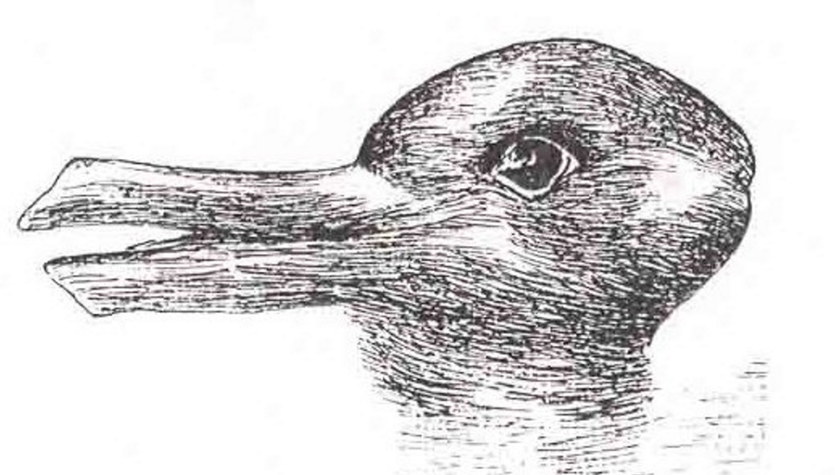NASA said on Wednesday that the first analysis of a sample from the asteroid Bennu, which reached Earth in late September, shows a high percentage of water and carbon, suggesting that the building blocks of life on our planet may be present there. “We are opening a time capsule that gives us a deep insight into the origins of our solar system,” said Dante Lauretta, principal investigator at OSIRIS-REc.
The sample was collected from the 4.5 billion-year-old near-Earth asteroid in October 2020 as part of NASA’s OSIRIS-REx mission. The material arrived on Earth on September 24, where it fell into a capsule from a spacecraft that approached our planet for this purpose, and landed in the Utah desert, USA. The mission’s goal was to collect 60 grams of material from the asteroid, but it was able to collect more. This is the third and largest sample of recovered asteroids to return to Earth for analysis, after two similar missions by the Japan Aerospace Exploration Agency (JAXA).
Like other asteroids, Bennu is a remnant of the formation of the solar system about 4.5 billion years ago. The composition of asteroids has remained virtually unchanged since then, so they contain valuable clues about the origin and formation of planets like Earth.
When scientists first opened the capsule’s lid on September 26, there was a lot of “extra” material on the outside of the capsule, collecting it neatly and making it difficult to secure rocks and dust from the sample container. Over the past two weeks, a team of scientists has been analyzing rocks and dust, taking infrared measurements, and analyzing chemical elements. X-rays have also been used to create a 3D model of a particle.
“The basic elements in the formation of our planet”
The first results of the analyzes were presented on Wednesday at a press conference at the Lyndon Johnson Space Flight Center in Houston, Texas.
As US Space Agency head Bill Nelson emphasized, “This is the largest carbon-rich sample from an asteroid ever brought to Earth.” Carbon and water molecules are exactly the type of matter we wanted to find. These are the basic elements in shaping our planet. Nelson said it will help us determine the origin of elements that could give rise to life.
– The first analysis showed that the samples contain a lot of water in the form of clay minerals (hydrous aluminosilicates – editor), as well as carbon in the form of minerals and organic molecules – Nelson explained.
Material from the asteroid Bennu can be seen on the right side of the outside of the containerNASA/Erika Blumenfeld, Joseph Aebersold
Almost everything we do at NASA is about who we are and where we come from. Such missions improve our understanding of asteroids that could threaten Earth, while also giving us insight into what lies beyond them. The head of NASA said that the sample has reached Earth, but there is still a lot of science ahead of us.
As Dante Lauretta, OSIRIS-REx’s principal investigator, said: “We think this is how water got to Earth.” He explained, “Clay minerals landed on our planet four to four and a half billion years ago, making our world habitable.” During the analysis, Lauretta said, they also discovered sulfides, which are “critically important for planetary evolution and biology,” and iron oxides, which have strong magnetic properties, as well as other minerals that may be important from the point of view of organic evolution. .
“We are opening the time capsule”
As Daniel Glavin, a sample analyst for the OSIRIS-REx mission, noted, “The team of scientists was excited to uncover organic matter and a wealth of carbon, an essential element for the emergence of life.”
“We are opening a time capsule that gives us a deep insight into the origins of our solar system,” Loretta said.
Asteroid Bennu
Bennu is a small asteroid with a diameter of about 500 metres. They have round shapes and consist of rocks connected to each other by gravity. It is the smallest object around which a spacecraft has ever orbited. It was discovered in 1999.
This asteroid belongs to the group of near-Earth objects. Near Earth objectsThat is, those that are at least 193 million kilometers away from Earth. It is also included in the category of potentially dangerous objects. Potentially dangerous asteroids). It includes celestial bodies that approach the Earth at a distance of less than 0.05 astronomical units (19.5 times greater than the distance to the Moon). There are currently more than 2,200 such objects on the list maintained by NASA.
Bennu comes relatively close to Earth every six years. Scientists estimate that the probability of hitting our planet is 1 in 2,700 at the end of the next century.
Main image source: NASA/Erika Blumenfeld, Joseph Aebersold

“Prone to fits of apathy. Introvert. Award-winning internet evangelist. Extreme beer expert.”







